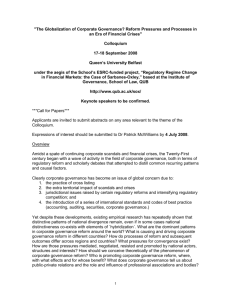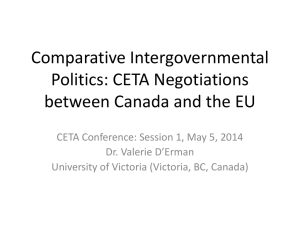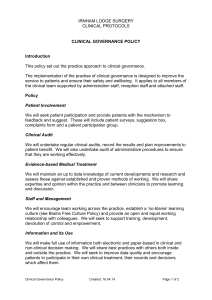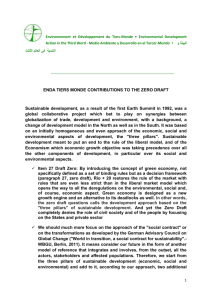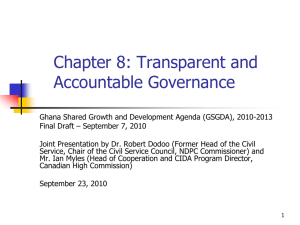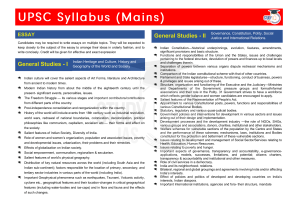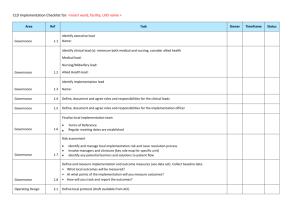PowerPoint - The BC Assembly of First Nations
advertisement
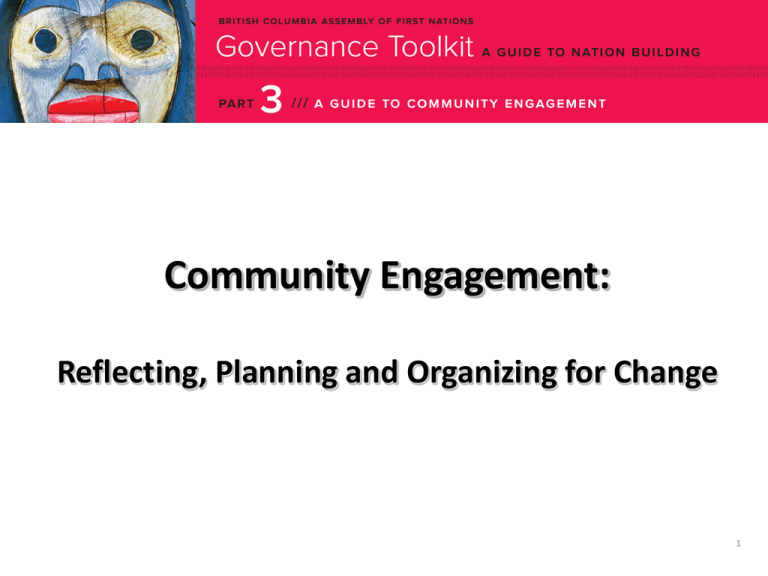
Community Engagement: Reflecting, Planning and Organizing for Change 1 BRITISH COLUMBIA ASSEMBLY OF FIRST NATIONS /// WWW.BCAFN.CA JUNE 2012 2 Organizing for Social Change • As First Nations, we are rebuilding our communities after living for years under the Indian Act. We want to move through the “post-colonial door” • We have many priorities (e.g., education, health, housing, land claims etc.). Among them we have a number of options for reforming our governance and moving away from the Indian Act • We need to discuss and sort through our priorities, consider our options and organize for change • Considering our options and organizing for change is not something that can be done over night and then decided by chief and council • We need to engage our citizens and develop a common vision Question to consider: The work has begun – where do we go from here? 3 The need for community engagement • If ultimately our goal is to once again be “self-governing” then we, as citizens, will need to be fully involved • We should be involved: As citizens we know our community best. Any governance reform we undertake will be more reflective of our needs and stronger if we develop it ourselves – Every person has a role to play, can help and is needed to build a strong, healthy and sustainable community. • We expect to be involved: We have a tradition of “consensus building” and our rights are held collectively • We have to be involved: In order to remove some or all of the application of the Indian Act we will need to “vote the colonizer (Canada) out.” We have a responsibility Questions to consider: What does community engagement mean to you? When and how is community engagement considered successful? How important to you is being involved in determining the future of our community? 4 Definitions of community engagement “Community engagement can be defined as the process of working collaboratively with and through groups of people affiliated by geographic proximity, special interest, or similar situations to address issues affecting the well-being of those people. It is a powerful vehicle for bringing about environmental and behavioral changes that will improve the health of the community and its members.” First Nations Communications Toolkit, 2007 “Ultimately, community engagement is about dialogue. It’s about citizens sharing their individual and collective voice. It’s about sharing your voice in why government matters.” CIVICPLUS Question to consider: Are there any barriers to community engagement in our community? 5 Governance reform and community engagement • Community engagement in governance reform means: ― The development of codes, laws and policies and in some cases ratification of the core laws of the community (e.g., a constitution or land code) ― Involvement in the preparation for any negotiations, including developing mandates for the negotiations ― The development of agreements and their ratification • It is not realistic to expect the our citizens will ratify change or that the change will be effective and meaningful unless the citizens are fully engaged in the development of our agreements and laws Questions to consider: Do we need a community engagement plan? Do we need to set up a planning committee to organize our community engagement activities? 6 Developing mechanisms for community engagement When considering how we engage our citizens we can ask: • What do we currently do in our community? What has worked well in the past and what did not work so well? Why? • What is the best way to involve as many of our citizens as possible and from all parts of our community (e.g., youth, elders, families, members living both on- and off-reserve etc.)? • Would the use of ‘focus groups’, ‘drop in activities’, ‘open houses’, be appropriate for our community? Do you have any other ideas? • How are we going to ensure ongoing citizen participation? 7 How can we ensure productive meetings? One of the mechanism we use to engage with our citizens is through community meetings: • What type of meetings should we be holding? • Who should attend what meetings? • Where should our meetings be held? • How do we get people to attend our meetings? • How do we get people to actively participate in discussions at our meetings? • Who should chair or lead the meetings. Should some meetings be facilitated and, if so, by whom? 8 Conclusion: The power of working together • Our people are our greatest resource and we need everyone to be engaged during this period of transition • The objective of our community development work and engaging all our citizens is to ensure we can move beyond our colonial past and make our lives better, take advantage of our hard fought for opportunities, and improve our quality of life with practising and thriving cultures • We are stronger when we work together and help one another. If we do not we will not move forward 9 BRITISH COLUMBIA ASSEMBLY OF FIRST NATIONS /// WWW.BCAFN.CA JUNE 2012 10



